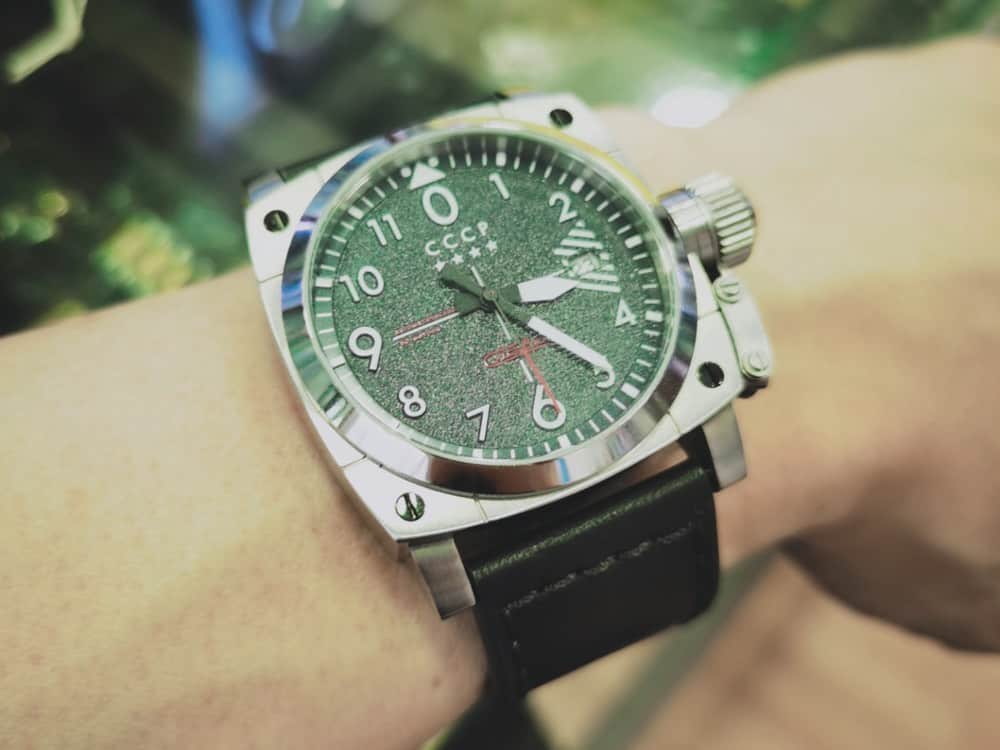These days, top and middle management crave, yes, crave for data and reports. For publicists, the measure of their success seems to be drilled down to reports – the prettier, the thicker, the better.
And for large (and small) companies and agencies alike, they sometimes turn to proprietary media monitoring services to compile such coverage reports and data. There are many big and small players in this field (https://yandex.com/search/?text=media%20monitoring).
However, the question is, is YOUR media monitoring service actually getting an accurate snapshot of your publicity?
This discussion came about because we began to realize quite many media monitoring services could not provide a 360-coverage report for data outside of mostly online and maybe a few print media. The psychedelic and extensive world of broadcast (TV and radio) data, seems to be sadly absent from the “party”.
2 Approaches
To measure your media coverage, you usually take 2 routes – measure laboriously yourself (or by your outsourced PR agency), or use a third-party media monitoring service.
There are advantages and disadvantages to doing it yourself and outsourcing such services.
As with any “bulk” service, outsourcing to a general media monitoring service is convenient, but that convenience often make sacrifices in terms of data sources, and sometimes, even accuracy. The convenience of using a media monitoring service often is tempting, especially if you are compiling data sources and coverage across diverse countries and regions, such as Asia Pacific, Europe, and the Americas.
Cultural diversity and challenges
While many media monitoring services offer sufficient (not complete or completely accurate) data to cull coverage from the Americas and some parts of Europe, the territories such as Asia Pacific usually becomes sorely spotty, and some services are downright inaccurate and lacking in key CURRENT data sources.
Asia Pacific is super diverse, in languages, nuances, cultures, and the media reflects these. Unlike the American media landscape catering to a mere 300+ million audience, Asia Pacific has diverse media and communication needs.
Imagine India with 1.3+ billion people, with over 120 languages (the key language being Hindi, but regional audiences will speak the likes of Bengali, Marathi, Telugu, Tamil, Gujarati, Urdu, and so on). And China with 1.3+ billion people, with Mandarin being the primary language, but countless dialects and their regional expressions and nuances. Indonesia, the most populous Muslim nation in the world, boasts of more than 260 million people, with Bahasa Indonesian as the key national language, but regional languages such as Javanese, Sudanese and Madurese are prevalent too. And the rest of Asia is equally diverse, where English is rarely used universally (unlike Singapore). So in Thailand (Thai), Vietnam (Vietnamese), the Philippines (Tagalog), Japan (Japanese), South Korean (Korean), will each speak and write their indigenous language more often than English.
Doing it yourself
Conversely, you can laboriously cull coverage as they appear, and laboriously pin them to your own coverage report in whatever format you desire, or outsource to a coverage report formatting service (such as Coveragebook.com). Some companies only require a simple coverage spreadsheet for accountability, but some companies or executives desire “pretty” coverage reports, and that is where services such as Coveragebook comes in.
The advantage of doing it yourself is that whether you, or your PR agency, will know which of the media you have pitched a story to, whom you communicated with (the journalist), and an estimation when such a news will be published. So though laborious, you can track such coverage and PR efforts very accurately.
Advantages of doing it yourself beyond online mention
Now, the world is not just about online. There is an offline (and hybrid) world too. You and I are STILL flesh and blood, walking in a physical dimension, consuming air, water, and food. So while some folks may irrationally hope they live in a perfectly digital world of AI and big data, the truth is that everyone still live and breathe in the real, physical world.
So, there is print newspapers, print magazines, TV, radio, and outdoor media (at apartments, factories, office buildings, etc).
Unfortunately, if you scout around for media monitoring, you will notice that even big names in media monitoring often sorely lack the ability to help you track broadcast coverage (TV and radio).
And this becomes exceedingly disappointing when you have Tier-1 broadcast coverage in national and regional TV and radio networks, and are not reflected in these great mileage often celebrated not only by companies, but also by field executives and distribution channels. You may be surprised how TV and radio still cuts deep with many professionals and executives. Just because an emerging young generation does not watch television or listen to radio, does not mean the world doesn’t.
After all, the demographics of senior executives who have purchasing and leadership positions, as well as millions of practicing field professionals, still do watch television and listen to radio (especially while driving).
What’s more, some large or small media monitoring focus on online coverage, and have no data, data sources, or the ability to track print media. Newspapers and magazines may be waning, but they still have an audience with people, and work done should be trackable, especially if you are paying for such a service. Otherwise, look around more.
There are also outdoor media, not many, but they do exist. Such outdoor media are also increasingly becoming a secondary media, and while they are emerging, there aren’t sufficient media monitoring available for these too. Again, by doing it yourself, you can keep tabs on the publicity efforts you have done, including these offline outdoor media.
So what’s the plan?
You can approach media monitoring in a couple of ways. If your team (internally) can have the bandwidth to scour the Web and offline for media coverage and compile reports, do it.
You can also outsource to your PR agency and get this chore done without drowning in such work. Most PR agencies you work with would already package media monitoring as part of the retainer program.
If you have the budget, you can even hire a PR agency, and also retain the use of a media monitoring service. In this way, you can some degree of media monitoring results and automation, while also getting the full view of your true media coverage from the PR agency.

